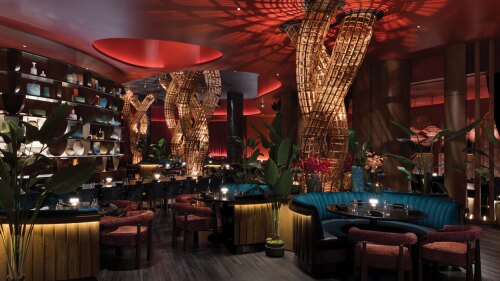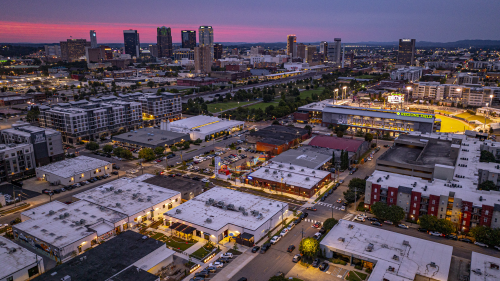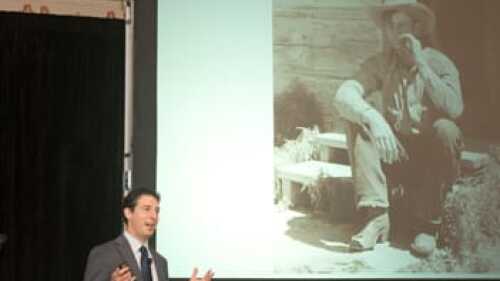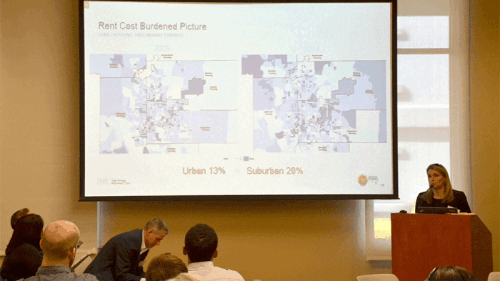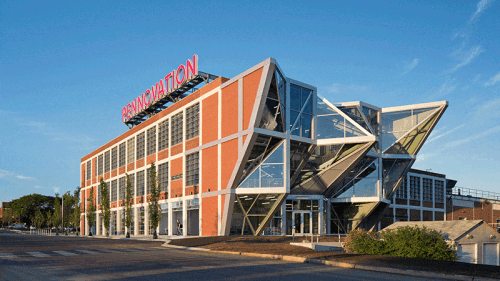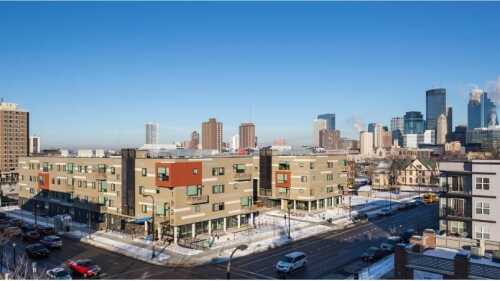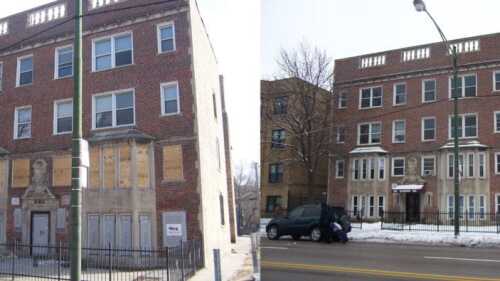Property Types
Hotels and Resorts
The hotel industry in the United States faces complex challenges in 2025, according to Jan Freitag, national director of hospitality analytics for the CoStar Group. During the “State of the U.S. Hotel Industry” presentation at the ULI 2025 Spring Meeting in Denver, Colorado, Freitag highlighted the challenges facing the hotel business amid macroeconomic uncertainty.
Once a sprawling expanse of uncharted land, Las Vegas, Nevada, has evolved into the entertainment capital of the world, a gaming super-hub, and a premier destination for sports. This remarkable transformation didn’t happen overnight; it stemmed from decades of strategic planning, investment, and visionary zoning recommendations.
Las Vegas is unlike any other place in America. Each year it draws more than 40 million visitors to the dazzling casinos and hotels that “turn night into daytime”—and transform the city into a glittering jewel in the desert. With 164,000 hotel rooms, Las Vegas is the largest hospitality market in the U.S.—outpacing Orlando, Florida, the next biggest market, by approximately 15 percent, according to JLL.
Industrial
Standing in the shadow of Regions Field and within earshot of Railroad Park, Birmingham’s Urban Supply hints at what the next chapter of downtown life could look like. Once-quiet brick warehouses are being steadily reimagined into patios, storefronts, and gathering spaces along a new pedestrian alley. Early tenants have begun to open their doors, and programming is slowly bringing people into the district. While the project is still in its early stages, the framework is in place for a vibrant hub that will grow block by block in the years ahead.
What trends are shaping the future of the industrial sector? Four experts from ULI’s Industrial and Office Park Development Council talk about the industrial submarkets and property types that offer the greatest opportunities, challenges developers face in bringing new projects to market, ways artificial intelligence and emerging technologies are reshaping the sector, tenant priorities, and other key trends.
After a quiet first half of 2024, CMBS originations increased 59 percent in Q3 on a year-over-year basis, according to the Mortgage Bankers Association’s Quarterly Survey.
Mixed-Use
Far from being loners, singles in the city are creating connections—and vitality—says Eric Klinenberg, author of Going Solo: The Extraordinary Rise and Surprising Appeal of Living Alone.
Museum Place, a large-scale infill development on an 11-acre (4.5 ha) site assembled in the cultural district of Fort Worth, Texas, is designed to knit 11 new structures into a finer-grained urban fabric of streets to connect to nearby museums and surrounding uses so it can flexibly mix offices, retail space, hotel space, and housing.
Multifamily
With Denver’s population expanding from about 470,000 in 1990 to 700,000 today, many longtime residents in some gentrifying neighborhoods find it difficult to remain as rents, home prices, and property taxes climb. How do communities in other U.S. cities provide for both lower-income families and local culture while being revitalized?
A new report published by ULI Boston/New England sheds light on the shrinking middle-class in the Greater Boston region due in part to the lack of affordable housing options for middle-income households.
Landlords are confident that apartments are not overbuilt, and rents continue to increase in many markets, but real estate investment trust investors are less certain. This year, deliveries are reaching new peaks, and investor worries about a market softening are reflected in the sector’s –1.12 percent year-to-date total return. Plus, interest rate survey data from Trepp.
Office
How can land use foster the innovation economy? By partnering with anchor institutions and embracing the idea of a “minimum viable product,” where a stripped-down version is offered to early adopters and then modified based on the usage and other feedback, said development experts at a ULI Philadelphia event in February.
Real estate activity in America’s heartland is growing at a solid clip, driven by increases in employment, a recovering economy, and pent-up demand for new product.
Dallas was an appropriate location for a 2016 ULI Fall Meeting discussion on energizing corporate campuses, with several large-scale headquarter developments underway in the region.
Residental
South Quarter IV, a housing development in Minneapolis, has been selected by the ULI Terwilliger Center for Housing as the winner of the 2016 Jack Kemp Excellence in Affordable and Workforce Housing Award.
The city of Chicago’s Troubled Building Initiative was selected by the ULI Terwilliger Center for Housing as the winner of the 2016 Robert C. Larson Housing Policy Leadership Award, an annual recognition of the innovative ways the public sector is addressing the country’s affordable housing crisis.
At least 5.5 million units of naturally occurring affordable rental housing exist in cities across the United States, according to newly released data from CoStar, a leading provider of data and analytics for the commercial real estate industry. In an age of dwindling public subsidies for affordable housing, the concept of preserving naturally occurring affordable housing (NOAH) is gaining currency.
Retail
For decades, civic leaders have tried to revitalize Market Street, San Francisco’s central thoroughfare, only to see their efforts founder. “I sometimes call it the great white whale of San Francisco,” says Eric Tao, managing partner at L37 Development in San Francisco and co-chair of ULI San Francisco. “Every new mayor, every new planning director, every new economic development director has chased that white whale.” This year, however, an international competition of ideas hosted and run by ULI San Francisco, with support from the ULI Foundation, generated fresh momentum for reimagining the boulevard. The competition drew 173 submissions from nine countries and sparked new conversations about the future of downtown San Francisco.
The OAK project began in 2009, when a development firm set their sights on the corner of Northwest Expressway and North Pennsylvania Avenue, the state’s most important and busiest retail intersection. As the region’s only parcel capable of supporting a vertically integrated project of this scale and density, that land represented an opportunity to create something truly special.
As aging retail continue to evolve, one increasingly popular trend has been to redesign malls as town centers—recalling a time when such commercial districts were the heart and soul of a community. Mall–to–town center retrofits are emerging throughout the nation, especially in suburban communities, where pedestrian-friendly, mixed-use environments are highly attractive to millennials now raising families.



